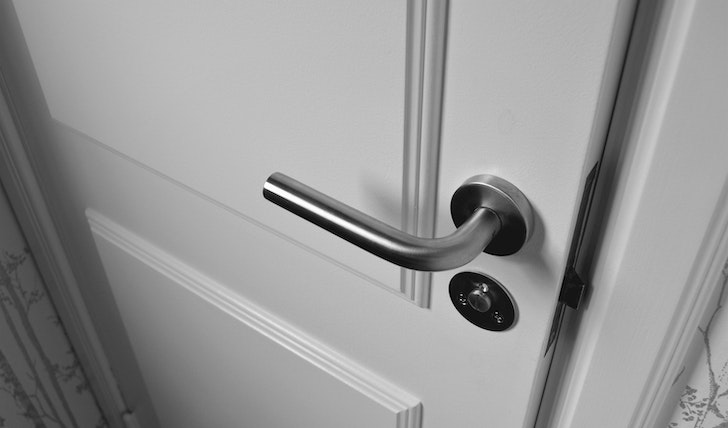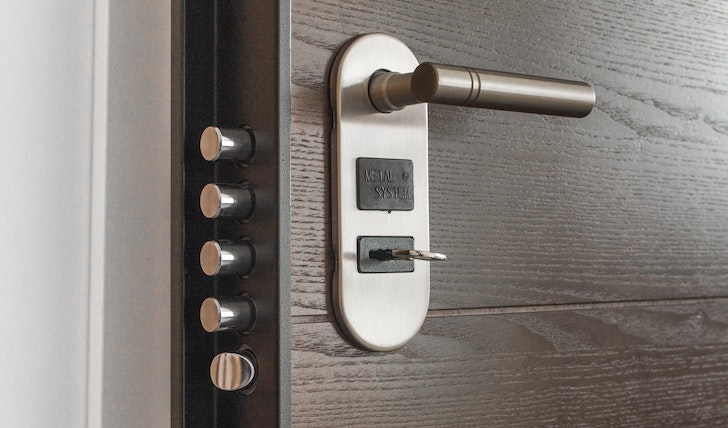Today, when technology is rapidly advancing, its applications have a significant impact on our everyday lives. Smart locks are a great example of this. For those who care about home security and safety, there is an array of smart lock options to choose from that offer various levels of convenience and protection.
Benefits of Smart Locks
Using a smart lock comes with some great advantages over your traditional key-and-lock system.

Jonathan / Pexels | In this era of advanced technology, home security is a major problem. And smart locks have the solutions!
Here are some of the biggest benefits:
- Increased convenience: You can unlock your door remotely from anywhere in the world using a smartphone app or other electronic device. You do not need to carry keys with you and can easily grant access to friends and family when needed.
- Enhanced security: Smart locks are often much more secure than traditional locks. They can be set to automatically relock after a certain amount of time has passed. They come with tamper alarms that alert you if someone is trying to break in and even use biometric verification such as your fingerprints.
- Automation: Many smart locks now come with features like auto-unlock when you arrive home or auto-lock when you leave your house, making it easier to stay safe without needing to remember to lock the door every time.
Now, let’s head over to the latest Smart Locks that you should try in 2023:

Pixabay / Pexels | With smart locks, you can ensure the safety and security of your home.
August Wi-Fi Smart Lock
This is a great option for those who want the convenience of a smart lock without having to replace their existing deadbolt. The August Wi-Fi Smart Lock easily attaches to your existing deadbolt and can be controlled remotely through its app.
Thus, this smart lock will allow you to unlock or lock your door from anywhere. It also has an auto-unlock feature when you arrive home and an auto-lock feature when you leave.
Yale Assure SL Connected by August
This is a great option for those who want a more traditional look with all the benefits of a modern smart lock system. The Yale Assure SL comes with an August module that allows you to control it using the August smartphone app.
Along with that, it also offers some other advanced features like auto-unlock when you approach. And auto-lock when you leave. The best part? Well, it also has Yale's SecureScreen technology for added security.

Pic Ju / Pexels | With advanced features, the August Wi-Fi Smart Lock is one of the top smart locks every homeowner should try.
Schlage Encode Smart Wi-Fi Deadbolt
The Schlage Encode is a great choice if you are looking for a reliable and secure smart lock option. This lock comes with its own Wi-Fi hub. Thus, it allows you to control it remotely using the Schlage Home app on your smartphone or other device.
Likewise, it also has features like an anti-pick shield to prevent tampering and the ability to store up to 30 user codes so that multiple people can access your home without needing physical keys.













